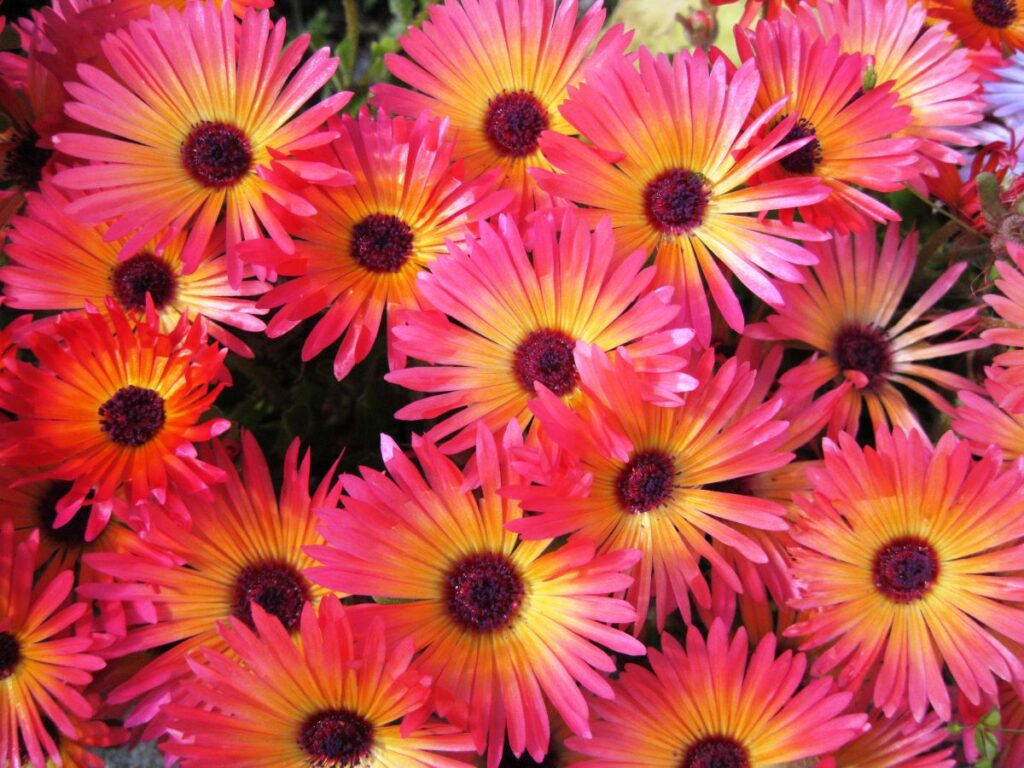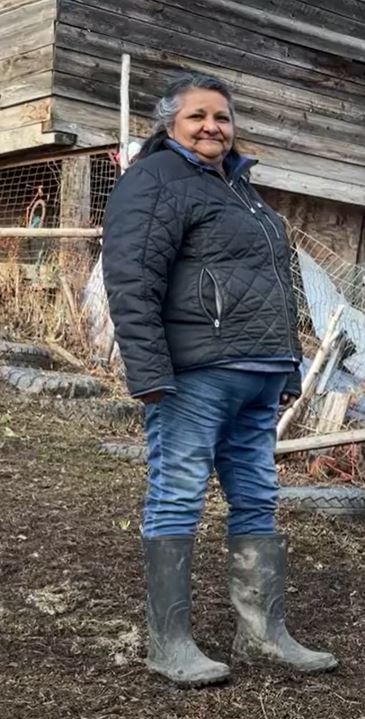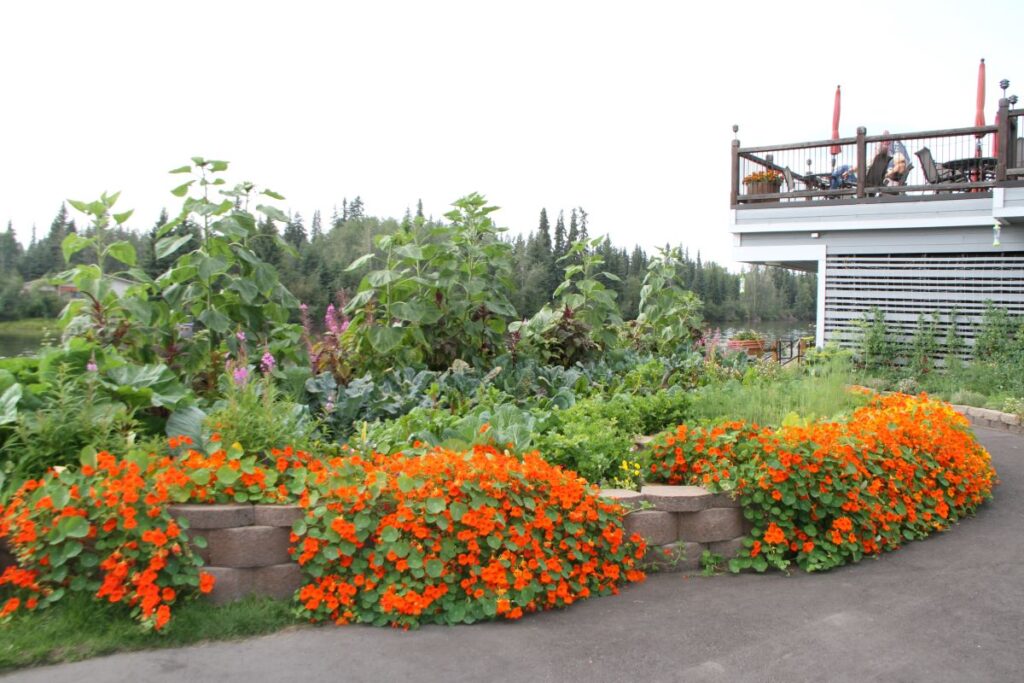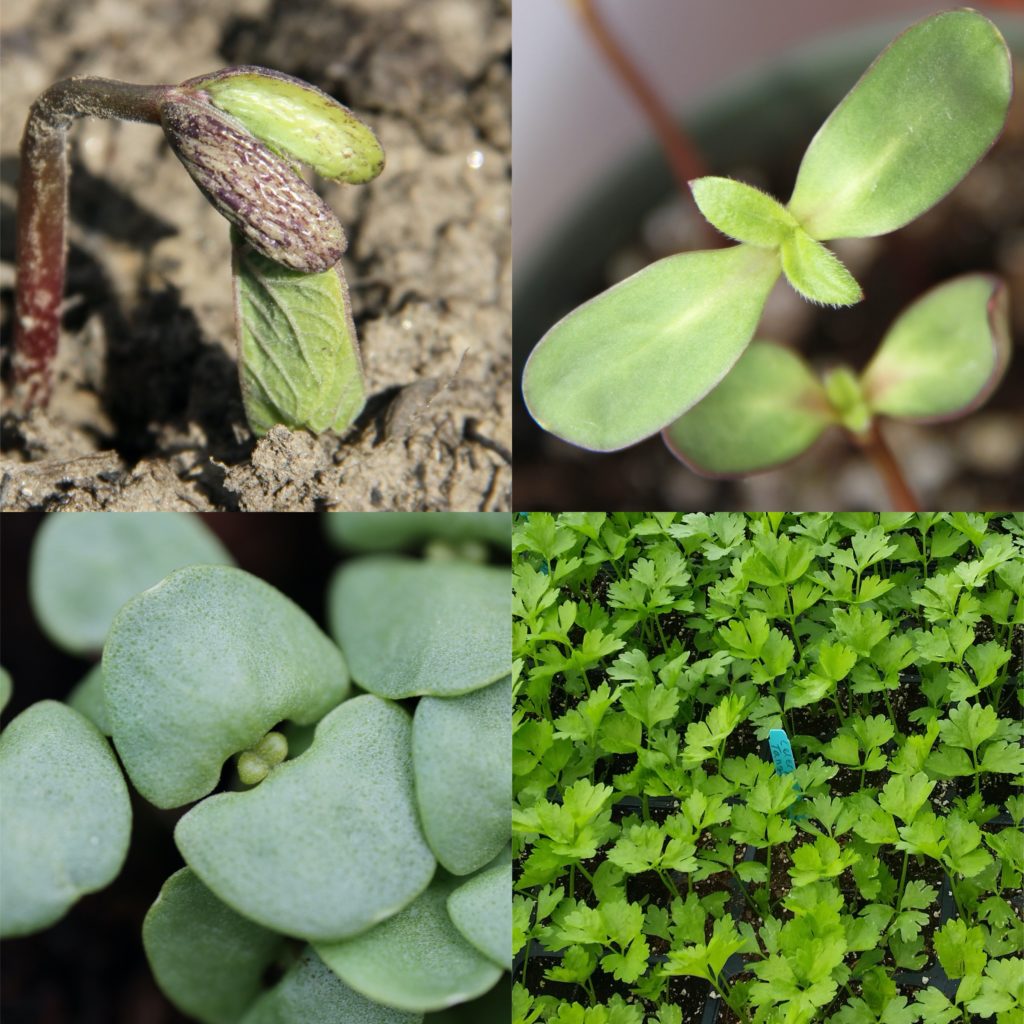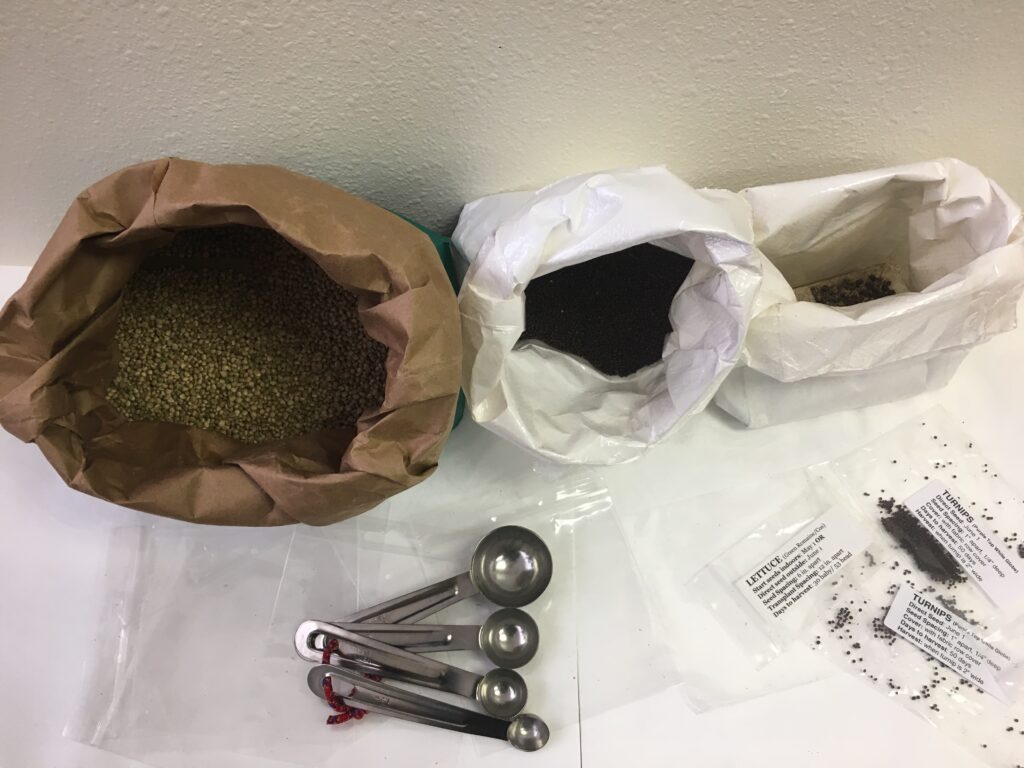One of the things I’ve long been curious about is how much food Alaskans grow, hunt, fish and gather and why they do it. This fall, I interviewed Jeff Yacevich, 38, who along with his wife, Laura Guiterrez, 40, is committed to getting much of his food from the land. They live in a cabin tucked away in a somewhat swampy spruce forest on permafrost in Goldstream Valley.
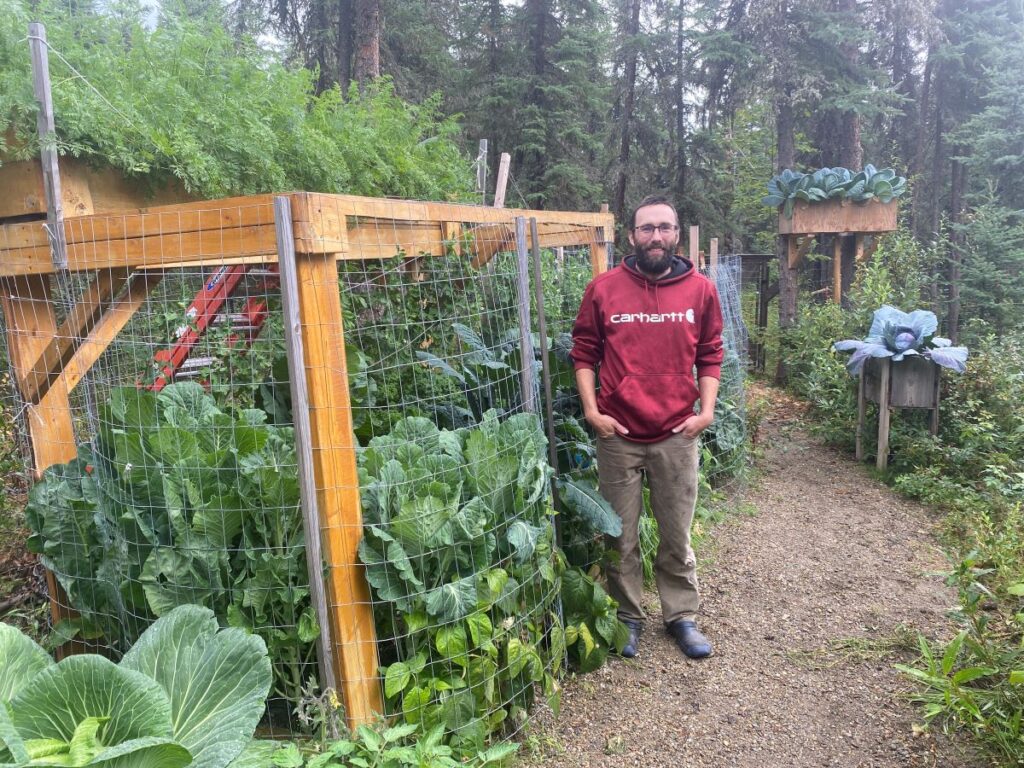
They estimate that each year they put up about 20 gallons of blueberries, 10 gallons of cranberries, and a couple of gallons of cloudberries, if they can find them. They aim to hunt for most of their meat, although in recent years they have purchased half a pig for bacon. They also fish for salmon and about 20 pike each year.
Continue reading